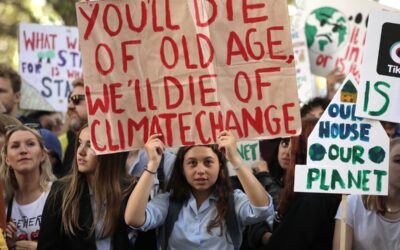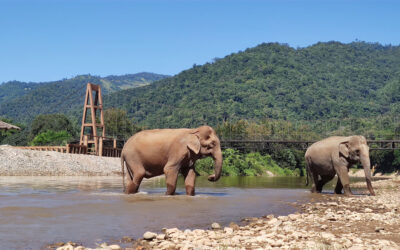
The Economist’s James Miles is the only foreign correspondent with official approval to be in Tibet. More photos here.
Security is particularly intense in the Tibetan quarter itself. Helmeted riot police are posted every few metres along its narrow, winding alleyways. Residents are subjected to identity checks as they walk around. In the heart of the district, in front of the Jokhang temple, which is Tibet’s holiest shrine, two armoured personnel carriers are parked. On the front of one big red Chinese characters read: “Stability is Happiness”. On the other it says “Separatism is Disastrous.”
Meanwhile, Tim Johnson – and everyone else – is at the border:
This is an interesting time to be a foreign correspondent in China. Like dozens of colleagues, I am near the border with Tibet but unable to get in. I happen to be in Sichuan province. And I’ve been in contact with colleagues who I know are in Gansu and Qinghai provinces, all trying to get a feel for what’s going on among ethnic Tibetans. It is not easy. We are face some measure of difficulty, trying to outsmart Chinese provincial authorities who would just as soon muzzle the foreign press at times like this. None of us can enter Tibet, which is off limits to foreign reporters without a permit. I know of only one foreign journalist, James Miles of The Economist, who had the good fortune to be in Lhasa as events unfolded over the past few days …
We foreign reporters all take precautions. We have to switch vehicles often. Some of us swap out SIM cards in our mobile phones, or just turn them off. That way, authorities cannot triangulate mobile phone signals and figure out our locations.
A blogger called Kadfly – who’s backpacking around China – is on the ground in Tibet too. His take:
Yes, the Chinese government bears a huge amount of blame for this situation. But the protests yesterday were NOT peaceful. The original protests from the past few days may have been, but all of the eyewitnesses in this room agree the protesters yesterday went from attacking Chinese police to attacking innocent people very, very quickly. They appeared to target Muslim and Han Chinese individuals and businesses first but many Tibetans were also caught in the crossfire.
Here’s his friend Ben’s photo of the Potala Palace by the light of rioters’ fires:



